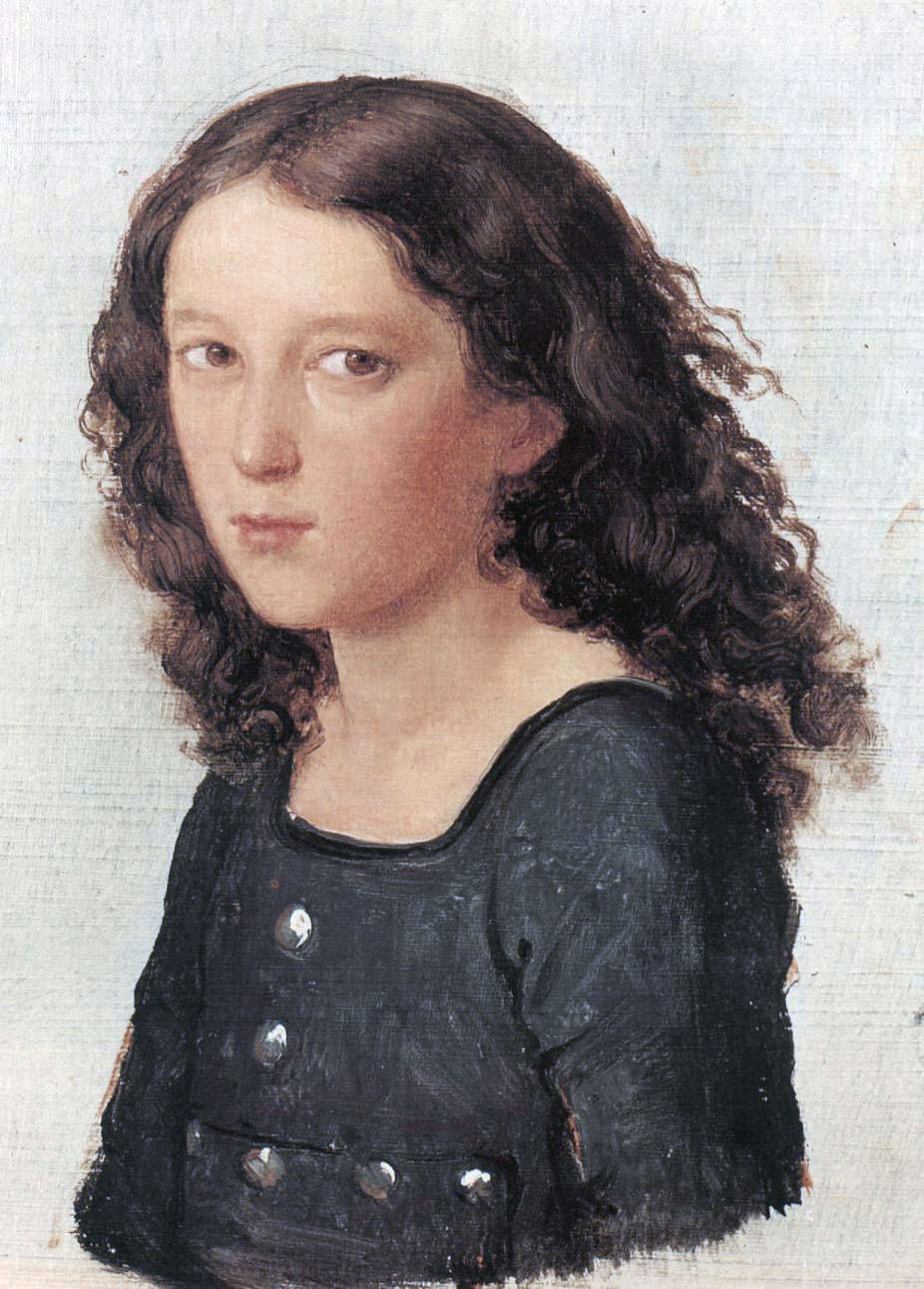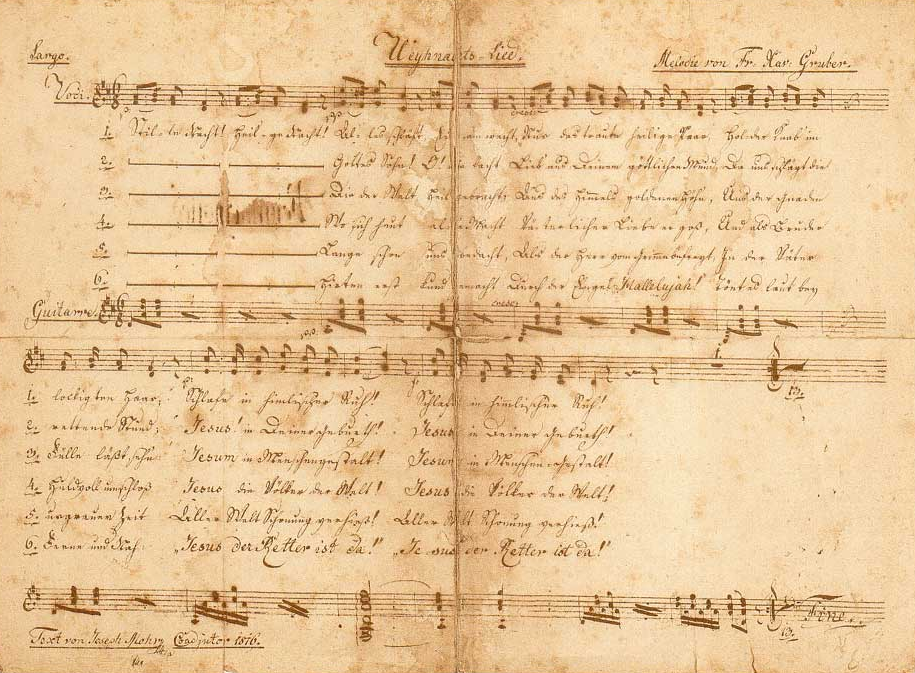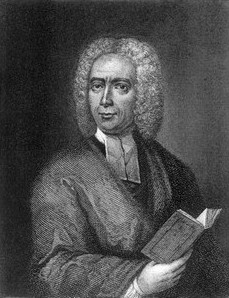|
Ella Fitzgerald's Christmas
''Ella Fitzgerald's Christmas'' is a 1967 studio album by Ella Fitzgerald. It was her second and last Christmas album. Unlike ''Ella Wishes You a Swinging Christmas'', her previous Christmas album, which was entirely secular, this album consists only of religious Christmas songs. It was her second album for Capitol Records. It charted at #27 on ''Billboard''s Holiday Albums chart. Track listing For the 1967 LP on Capitol Records; Capitol ST ST 2805; re-issued in 2000 on CD, Capitol 7243 5 27674 2 7 Side One: # "O Holy Night" (Adolphe Adam, John Sullivan Dwight) – 1:47 # " It Came Upon a Midnight Clear" ( Edmund Hamilton Sears, Richard Storrs Willis) – 3:21 # "Hark! The Herald Angels Sing" (Felix Mendelssohn, Charles Wesley) – 1:49 # "Away in a Manger" (Traditional) – 2:12 # "Joy to the World" (Lowell Mason, Isaac Watts) – 1:40 # "The First Noel" ( William B. Sandys) – 1:50 # "Silent Night" (Franz Xaver Gruber, Joseph Mohr) – 2:52 Side Two: # "O Come All Ye Faithful ... [...More Info...] [...Related Items...] OR: [Wikipedia] [Google] [Baidu] |
Album
An album is a collection of audio recordings (e.g., music) issued on a medium such as compact disc (CD), Phonograph record, vinyl (record), audio tape (like 8-track cartridge, 8-track or Cassette tape, cassette), or digital distribution, digital. Albums of recorded sound were developed in the early 20th century as individual 78 rpm records (78s) collected in a bound book resembling a photo album; this format evolved after 1948 into single vinyl LP record, long-playing (LP) records played at rpm. The album was the dominant form of recorded music expression and consumption from the mid-1960s to the early 21st century, a period known as the ''album era''. Vinyl LPs are still issued, though album sales in the 21st-century have mostly focused on CD and MP3 formats. The 8-track tape was the first tape format widely used alongside vinyl from 1965 until being phased out by 1983, being gradually supplanted by the cassette tape throughout the 1970s and early 1980s; the popul ... [...More Info...] [...Related Items...] OR: [Wikipedia] [Google] [Baidu] |
Felix Mendelssohn
Jakob Ludwig Felix Mendelssohn Bartholdy (3 February 18094 November 1847), widely known as Felix Mendelssohn, was a German composer, pianist, organist and conductor of the early Romantic music, Romantic period. Mendelssohn's compositions include symphony, symphonies, concertos, piano music, organ music and chamber music. His best-known works include the Overture#Concert overture, overture and incidental music for ''A Midsummer Night's Dream (Mendelssohn), A Midsummer Night's Dream'' (which includes his "Wedding March (Mendelssohn), Wedding March"), the ''Symphony No. 4 (Mendelssohn), Italian'' and ''Symphony No. 3 (Mendelssohn), Scottish'' Symphonies, the oratorios ''St. Paul (oratorio), St. Paul'' and ''Elijah (oratorio), Elijah'', the ''The Hebrides (overture), Hebrides'' Overture, the mature Violin Concerto (Mendelssohn), Violin Concerto, the Octet (Mendelssohn), String Octet, and the melody used in the Christmas carol "Hark! The Herald Angels Sing". Mendelssohn's ''Songs W ... [...More Info...] [...Related Items...] OR: [Wikipedia] [Google] [Baidu] |
John Francis Wade
John Francis Wade (1 January 1711 – 16 August 1786) was an English hymnist who is usually credited with writing and composing the hymn " Adeste Fideles" (which was translated as "O Come All Ye Faithful" in 1841 by Frederick Oakeley). The authorship is disputed, with 13th-century cardinal St. Bonaventure and King John IV of Portugal being proposed as alternative composers, although the earliest known manuscripts of the hymn discovered from 1946 all bear Wade's signature. Others argue for John Reading () or anonymous Cistercian monks. Wade fled to France after the Jacobite rising of 1745 was crushed. As a Catholic layman, he lived with exiled English Catholics in France, where he taught music and worked on church music for private use. Jacobite symbolism Bennett Zon, Editor of the ''Yale Journal of Music and Religion'', has noted that Wade's Roman Catholic liturgical books were often decorated with Jacobite floral imagery. He argued that the texts had coded Jacobite meanings ... [...More Info...] [...Related Items...] OR: [Wikipedia] [Google] [Baidu] |
Frederick Oakeley
Frederick Oakeley (5 September 1802 – 30 January 1880) was an English Roman Catholic convert, priest, and author. He was ordained in the Church of England in 1828 and in 1845 converted to the Church of Rome, becoming Canon of the Westminster Diocese in 1852. He is best known for his translation of the Christmas carol ''Adeste Fideles'' ("O Come, All Ye Faithful") from Latin into English. Early life The youngest child of Sir Charles Oakeley, 1st Baronet, he was born on 5 September 1802 at the Abbey House, Shrewsbury. In 1810 his family moved to the bishop's palace at Lichfield. Poor health prevented his leaving home for school, but in his fifteenth year he was sent to Charles Sumner for tuition. In June 1820 he matriculated at Christ Church, Oxford; he gained a second class in '' Literae humaniores'' in 1824. After graduating B.A. he won the Chancellor's Latin and English prize essays in 1825 and 1827 respectively, and the Ellerton theological prize, also in 1827. In 1827 he ... [...More Info...] [...Related Items...] OR: [Wikipedia] [Google] [Baidu] |
O Come All Ye Faithful
"O Come, All Ye Faithful", also known as "", is a Christmas carol that has been attributed to various authors, including John Francis Wade (1711–1786), John Reading (1645–1692), King John IV of Portugal (1604–1656), and anonymous Cistercian monks. The earliest printed version is in a book published by Wade. A manuscript by Wade, dating to 1751, is held by Stonyhurst College in Lancashire. The original four verses of the hymn were extended to a total of eight, and these have been translated into many languages. In 1841, the English Catholic priest Frederick Oakeley translated the hymn into English as "O Come All Ye Faithful", which became widespread in English-speaking countries. History Text The original text of the hymn has been from time to time attributed to various groups and individuals, including St. Bonaventure in the 13th century or King John IV of Portugal in the 17th, though it was more commonly believed that the text was written by Cistercian monks ... [...More Info...] [...Related Items...] OR: [Wikipedia] [Google] [Baidu] |
Joseph Mohr
Josephus Franciscus Mohr, sometimes spelled Josef (11 December 1792 – 4 December 1848) was an Austrian Roman Catholic priest and writer, who wrote the words to the Christmas carol "Silent Night." Early life and education Mohr was born in Salzburg on 11 December 1792, to an unmarried embroiderer, Anna Schoiberin, and Franz Mohr, a mercenary soldier and deserter, who abandoned Joseph's mother before the birth. The ancestors on his father's side came from the town of Mariapfarr in the mountainous Lungau region south of Salzburg, while his mother's family was from the salt-mining city of Hallein. At his baptism shortly after birth, the godfather was recorded as Joseph Wohlmuth, the last official executioner of Salzburg, who did not personally attend but had himself represented by one Franziska Zachin. As the parents were unmarried, Joseph received the name of his godfather, according to custom. Johann Nepomuk Hiernle, vicar and leader of music at Salzburg Cathedral, enabled Moh ... [...More Info...] [...Related Items...] OR: [Wikipedia] [Google] [Baidu] |
Franz Gruber (musician)
Franz Xaver Gruber (25 November 1787 – 7 June 1863) was an Austrian primary school teacher, church organist and composer in the village of Arnsdorf, who is best known for composing the music to "Stille Nacht" ("Silent Night"). Life Gruber was born on 25 November 1787 in the village of Hochburg-Ach, Upper Austria, the son of linen weavers, Josef and Maria Gruber. His given name was recorded in the baptismal record as "Conrad Xavier," but this was later changed to "Franz Xaver". The Hochburger schoolteacher Andreas Peterlechner gave him music lessons. Gruber worked as a weaver until the age of 18, then trained to become a schoolteacher. He completed his music education studying with the church organist of Burghausen, Georg Hartdobler. In 1807 Gruber became a schoolteacher in Arnsdorf. He also became the church caretaker and organist. In 1808 he married a widow, Maria Elisabeth Fischinger Engelsberger. They had two children, both of whom died young. After the death of his f ... [...More Info...] [...Related Items...] OR: [Wikipedia] [Google] [Baidu] |
Silent Night (song)
"Silent Night" () is a popular Christmas carol, composed in 1818 by Franz Xaver Gruber to lyrics by Joseph Mohr in Oberndorf bei Salzburg, Austria. It was declared an intangible cultural heritage by UNESCO in 2011. The song was first recorded in 1905 and has remained a popular success, appearing in films and multiple successful recordings, as well as being quoted in other musical compositions. It is one of the most recorded Christmas songs, with more than 137,000 known recordings. History "" was first performed on Christmas Eve, 1818, at the Nikolauskirche, Oberndorf, Nikolauskirche, the parish church of Oberndorf bei Salzburg, Oberndorf, a village in the Austrian Empire on the Salzach river in present-day Austria. A young Catholic priest, Father Joseph Mohr, had come to Oberndorf the year before. In the aftermath of the Napoleonic Wars, he had written the poem "" in 1816 at Mariapfarr, the hometown of his father in the Salzburg Tamsweg District, Lungau region, where Joseph h ... [...More Info...] [...Related Items...] OR: [Wikipedia] [Google] [Baidu] |
William B
William is a masculine given name of Germanic origin. It became popular in England after the Norman conquest in 1066,All Things William"Meaning & Origin of the Name"/ref> and remained so throughout the Middle Ages and into the modern era. It is sometimes abbreviated "Wm." Shortened familiar versions in English include Will or Wil, Wills, Willy, Willie, Bill, Billie, and Billy. A common Irish form is Liam. Scottish diminutives include Wull, Willie or Wullie (as in Oor Wullie). Female forms include Willa, Willemina, Wilma and Wilhelmina. Etymology William is related to the German given name ''Wilhelm''. Both ultimately descend from Proto-Germanic ''*Wiljahelmaz'', with a direct cognate also in the Old Norse name ''Vilhjalmr'' and a West Germanic borrowing into Medieval Latin ''Willelmus''. The Proto-Germanic name is a compound of *''wiljô'' "will, wish, desire" and *''helmaz'' "helm, helmet".Hanks, Hardcastle and Hodges, ''Oxford Dictionary of First Names'', Oxfor ... [...More Info...] [...Related Items...] OR: [Wikipedia] [Google] [Baidu] |
The First Noel
"The First Nowell" (or Nowel), modernised as "The First Noel" (or Noël), is a traditional English Christmas carol with Cornish origins most likely from the early modern period, although possibly earlier.. It is listed as number 682 in the Roud Folk Song Index. Origin and history "The First Nowell" is of Cornish origin. Its current form was first published in ''Carols Ancient and Modern'' (1823) and ''Gilbert and Sandys Carols'' (1833), both of which were edited by William Sandys and arranged and edited by Davies Gilbert (who also wrote extra lyrics) for ''Hymns and Carols of God''. ''Nowell'' is an Early Modern English synonym of "Christmas" from French ''Noël'', "the Christmas season", ultimately from Latin ''natalis ies' " ayof birth". The word was regularly used in the burden of carols in the Middle Ages towards the early modern period; Sir Christèmas ( Ritson Manuscript), "Nowell sing we now all and some" ( Trinity Carol Roll) and "Nowel – out of youre slepe ar ... [...More Info...] [...Related Items...] OR: [Wikipedia] [Google] [Baidu] |
Isaac Watts
Isaac Watts (17 July 1674 – 25 November 1748) was an English Congregational minister, hymn writer, theologian, and logician. He was a prolific and popular hymn writer and is credited with some 750 hymns. His works include " When I Survey the Wondrous Cross", " Joy to the World", and " O God, Our Help in Ages Past". He is recognised as the "Godfather of English Hymnody"; many of his hymns remain in use today and have been translated into numerous languages. Life Watts was born in Southampton, Hampshire, England, in 1674 and was brought up in the home of a committed religious nonconformist; his father, also Isaac Watts, had been incarcerated twice for his views. Watts had a classical education at King Edward VI School, Southampton, learning Latin, Greek, and Hebrew. Watts displayed a propensity for rhyme from an early age. He was once asked why he had his eyes open during prayers, to which he responded: He received corporal punishment for this, to which he cried: Watt ... [...More Info...] [...Related Items...] OR: [Wikipedia] [Google] [Baidu] |
Lowell Mason
Lowell Mason (January 8, 1792 – August 11, 1872) was an American music director and banker who was a leading figure in 19th-century American church music. Lowell composed over 1,600 hymn tunes, many of which are often sung today. His best-known work includes an arrangement of "Joy to the World" and the tune ''Bethany'', which sets the hymn text '' Nearer, My God, to Thee''. Mason also set music to ''Mary Had A Little Lamb''. He is largely credited with introducing music into American public schools, and is considered the first important U.S. music educator. He has also been criticized for helping to largely eliminate the robust tradition of participatory sacred music that flourished in North America before his time. Life Mason was born and grew up in Medfield, Massachusetts, where he became the music director of First Parish (now First Parish Unitarian Universalist) Church at age 17. His birthplace residence was saved from development in 2011. It was relocated to a town park ... [...More Info...] [...Related Items...] OR: [Wikipedia] [Google] [Baidu] |







